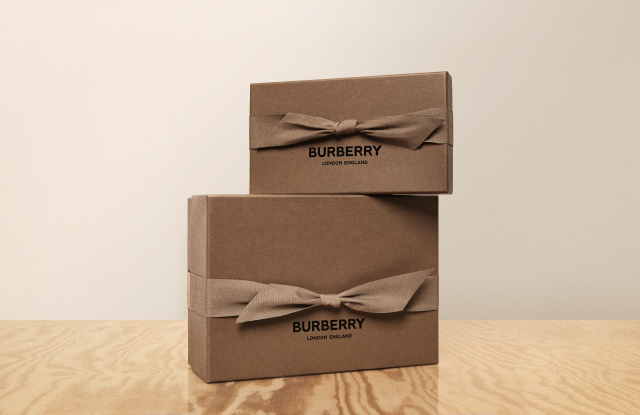Last year in the beginning as Creative Director for Burberry, Riccardo Tisci announced his first step with the brand to do better for the environment, making use only of faux-fur in his first collection; now, the brand is going further with its new alliance with Ellen MacArthur Foundation.
The Ellen MacArthur Foundation is a charity that guides and drives brands in the transition to a circular economy. Until the end of the last century all the fashion industry was in traditional ‘take, make, waste’ linear type of production, what is really bad to the environment not only for the contamination and garbage generated but also because of the depletion of the natural resources.
What the brand aims with this association is to reduce the waste of plastic and enroll the production of their clothes and all the packaging in a circular production, that means that by 2025 all of its plastic packaging and production will either be reusable, recyclable or compostable, reducing the impact on the environment, avoiding the use of chemical materials or dyes and giving more chance to natural fibers like cotton or silk.
This year they removed the plastic lamination from its retail bags and poly bags making them totally biodegradables, just this change has reduced the use of 29 tons of plastic. Now they are planning to replace all current hangers, shrouds and poly bags with an eco-friendly option by the end of 2019, making use of biomaterials that contains just 30% of plastic and it can be recyclable. Burberry is also set to launch a hanger take-back program to recycle and reuse discarded retail hangers. “We’ve also got 40 percent recycled content in our new full ticket bags and paper products,” said Pam Batty, vice president of corporate responsibility at Burberry to WWD.
The brand has always been compromised with the environment. In 2004, they have put sustainability at the core of the company’s mission and in 2017 launched their latest eco-strategy setting out environmentally responsible goals for the next five years. Their target is to become carbon neutral, to re-value waste and to drive positive change through 100 percent of their product and positively impact people.

